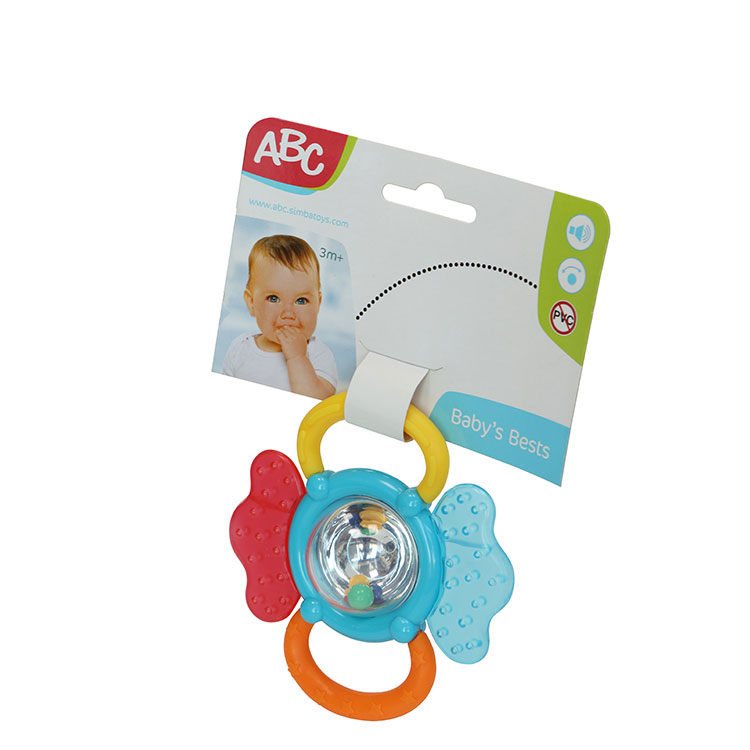What is the right time to give teether to baby?
2024-06-19
The right time to give a teether to a baby generally aligns with the onset of teething symptoms. Here are some key points to help determine when to introduce a teether:
Signs of Teething
1. Increased Drooling: One of the earliest signs of teething is excessive drooling.
2. Chewing on Objects: Babies may start to chew on their hands, toys, or any objects they can get hold of.
3. Irritability and Fussiness: The discomfort of teething can make babies more irritable and fussy.
4. Swollen or Tender Gums: Gums may appear red or swollen where the teeth are trying to erupt.
5. Difficulty Sleeping: Discomfort can disrupt a baby’s sleep patterns.
6. Loss of Appetite: Some babies may eat less due to gum pain.

Typical Age Range
- 4 to 7 Months: Most babies begin teething around 4 to 7 months of age. This is a common time to introduce a teether, especially if the baby shows signs of teething discomfort.
Introducing the Teether
1. Choose the Right Teether: Select a teether made from safe, non-toxic materials. Ensure it is appropriate for the baby’s age and easy to clean.
2. Supervised Use: Always supervise the baby when they are using a teether to ensure safety.
3. Clean Regularly: Keep the teether clean and sanitized to maintain hygiene and prevent infections.
4. Cooling the Teether: Some teethers can be cooled in the refrigerator (not the freezer) to provide extra soothing relief.
Safety Considerations
- Size and Shape: Ensure the teether is too large to be swallowed and does not have small parts that could break off and pose a choking hazard.
- Material: Avoid teethers that contain harmful chemicals like BPA, phthalates, or lead.
- Condition: Regularly inspect the teether for signs of wear and tear. Replace it if it shows any damage.
Observing the Baby
- Comfort and Usage: Monitor how the baby responds to the teether. If it seems to provide relief and the baby uses it comfortably, it can be a valuable tool during teething.
- Adjusting as Needed: As the baby’s teething progresses, you may need to provide different types of teethers to address changing needs and preferences.
By paying attention to these signs and considerations, caregivers can introduce a teether at the optimal time to help ease their baby’s teething discomfort and support their development.


